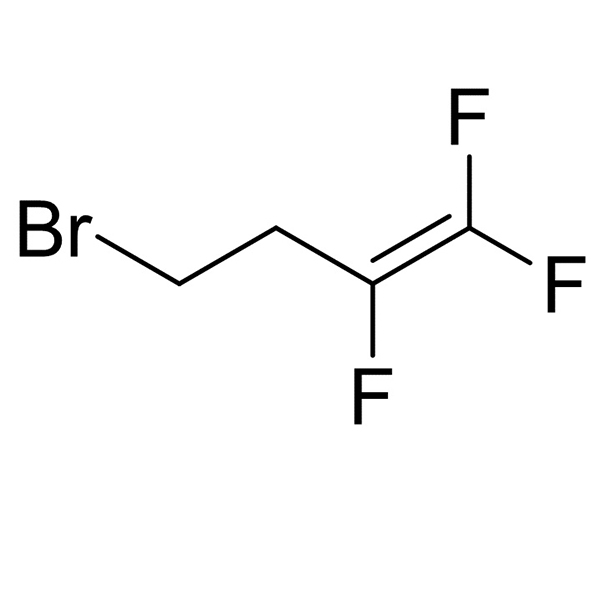2 4-Difluorophenylacetic acid(CAS# 81228-09-3)
| Hazard Symbols | Xi – Irritant |
| Risk Codes | 36/37/38 – Irritating to eyes, respiratory system and skin. |
| Safety Description | S26 – In case of contact with eyes, rinse immediately with plenty of water and seek medical advice. S37/39 – Wear suitable gloves and eye/face protection |
| WGK Germany | 3 |
| HS Code | 29163990 |
| Hazard Class | IRRITANT |
Introduction
2,4-Difluorophenylacetic acid is an organic compound. The following is an introduction to the properties, uses, preparation methods and safety information of 2,4-difluorophenylacetic acid:
Quality:
- 2,4-Difluorophenylacetic acid is a colorless to yellowish crystalline solid with a peculiar aromatic odor.
- It is non-volatile at room temperature and soluble in organic solvents such as ethanol, acetone, ether, etc.
- It is a weak acid that can be soluble in alkalis.
Use:
- It can also be used as an intermediate in dyes and coatings for the synthesis of dyes and coatings of specific colors or properties.
Method:
- 2,4-Difluorophenylacetic acid can be obtained by the reaction of phenylacetic acid with hydrogen fluoride or fluorine gas. Reaction conditions often require a catalyst and proper temperature control.
Safety Information:
- 2,4-Difluorophenylacetic acid is a chemical that should be used safely.
- When handling, avoid direct contact with the skin and eyes, and take care to protect the respiratory tract.
- When storing, it should be kept in an airtight container, away from fire sources and oxidants, and avoid contact with air and moisture.
- Waste should be disposed of in accordance with local environmental laws and regulations, and should not be dumped indiscriminately.








